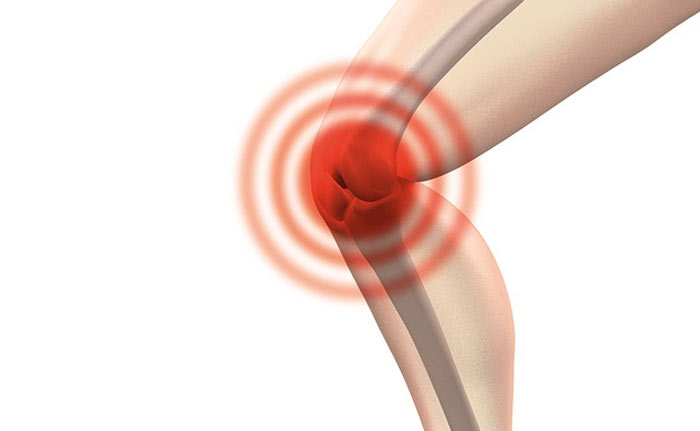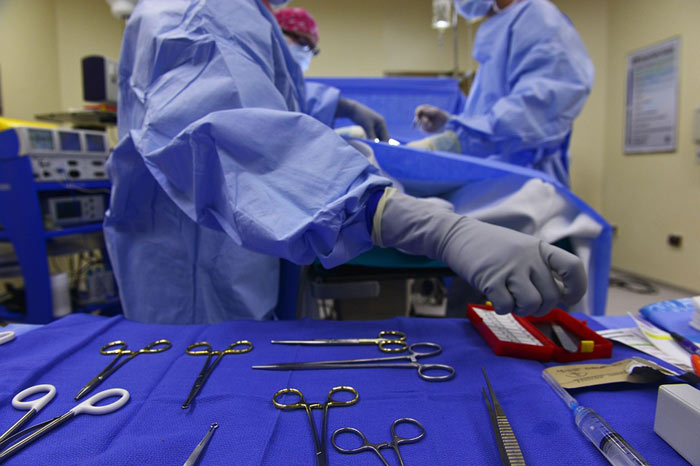Regardless of activity level or the precautions taken by a patient after knee replacement surgery, there is a chance the knee replacement they receive will be faulty and need to be substituted. According to the Hospital for special surgery, around 95 percent of all knee replacements last for their designated lifespan of between 15 and 20 years. However, the replacement joint manufacturer Depuy does admit there are chances for failures in all replacement joints, and Depuy knee side effects are common among the more than 400,000 patients using their replacement knees over the last decade.

Identifying the symptoms
Before one can take the first step in choosing between the various options for repairing or replacing a faulty knee joint, one must first evaluate the root cause of the issue. The many symptoms of a damaged knee joint include discomfort and swelling of the area surrounding the replacement knee. A common issue of Depuy replacement knee joints and those from other manufacturers is that of metal hypersensitivity, a medical condition resulting in a rash causing issues with itching and redness. Further issues can be the result of the metal joint coming loose from the lower leg bones causing instability and a loss of balance. This second option is much more severe and often requires a full replacement.
Revision surgery
Perhaps the most common way of handling an issue with a failed knee joint is to make sure the surgeon who completed the initial replacement surgery is contacted. The most common course of action is for a revision surgery to be completed to substitute the replacement knee joint with a new one.
 Revision surgery is a common procedure which can often be a more difficult surgery to complete when compared to the initial installation. Among the many issues facing a surgeon is the fact the replacement knee joint will have grown into the bone it is attached to. Healthline reports the issue of more bone being removed when attached to an existing replacement joint can result in bone being taken from another part of the body and used to supplement the lower leg bones.
Revision surgery is a common procedure which can often be a more difficult surgery to complete when compared to the initial installation. Among the many issues facing a surgeon is the fact the replacement knee joint will have grown into the bone it is attached to. Healthline reports the issue of more bone being removed when attached to an existing replacement joint can result in bone being taken from another part of the body and used to supplement the lower leg bones.
Lower levels of mobility
If the replacement knee joint is faulty or simply reaches the end of its lifespan of between 15 and 20 years there is the chance for loss of some mobility compared with the first replacement procedure. Many surgeons report around 80 percent of the mobility of a patient is returned following revision surgery on a faulty knee replacement joint. This is largely caused by the loss of bone in the lower leg being replaced with a bone graft with other side effects including increased scar tissue within the joint.
 There are few options open to an individual who has been affected by a faulty or damaged replacement knee joint. Instead, patients should be advised of activities that may put them at a higher risk for failure. High-impact exercise and trauma are common causes for the damage seen in knee replacement patients who are faced with the option of revision surgery to repair the problems caused by a faulty knee replacement joint.
There are few options open to an individual who has been affected by a faulty or damaged replacement knee joint. Instead, patients should be advised of activities that may put them at a higher risk for failure. High-impact exercise and trauma are common causes for the damage seen in knee replacement patients who are faced with the option of revision surgery to repair the problems caused by a faulty knee replacement joint.
About the Author
Mark Alvarado has built a strong reputation based around his work as a travel hacker and blogger. Before finding some of the most important travel hacks to keep costs low, Mark Alvarado felt his dream of seeing the world was out of reach but now helps others with similar aspirations.










